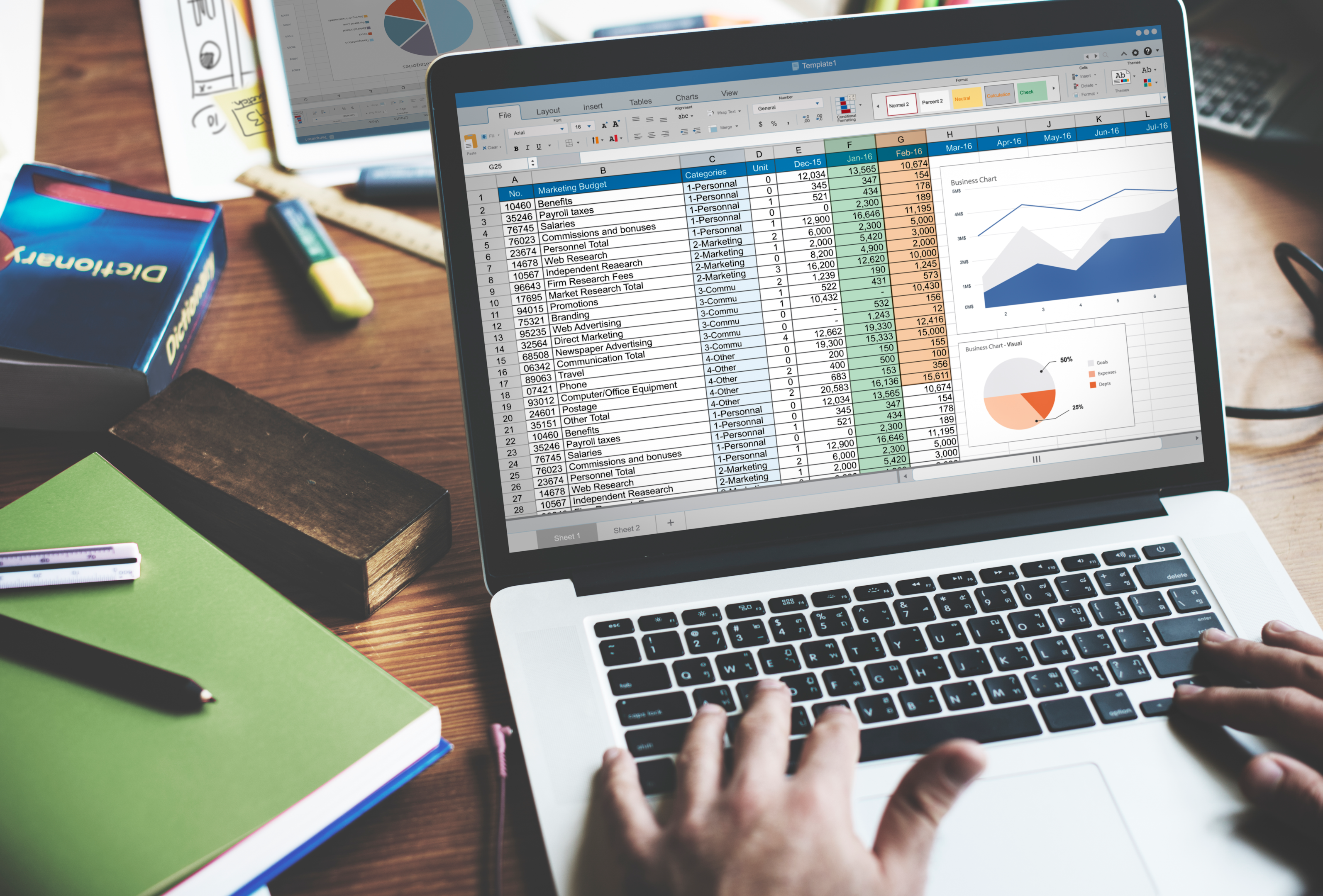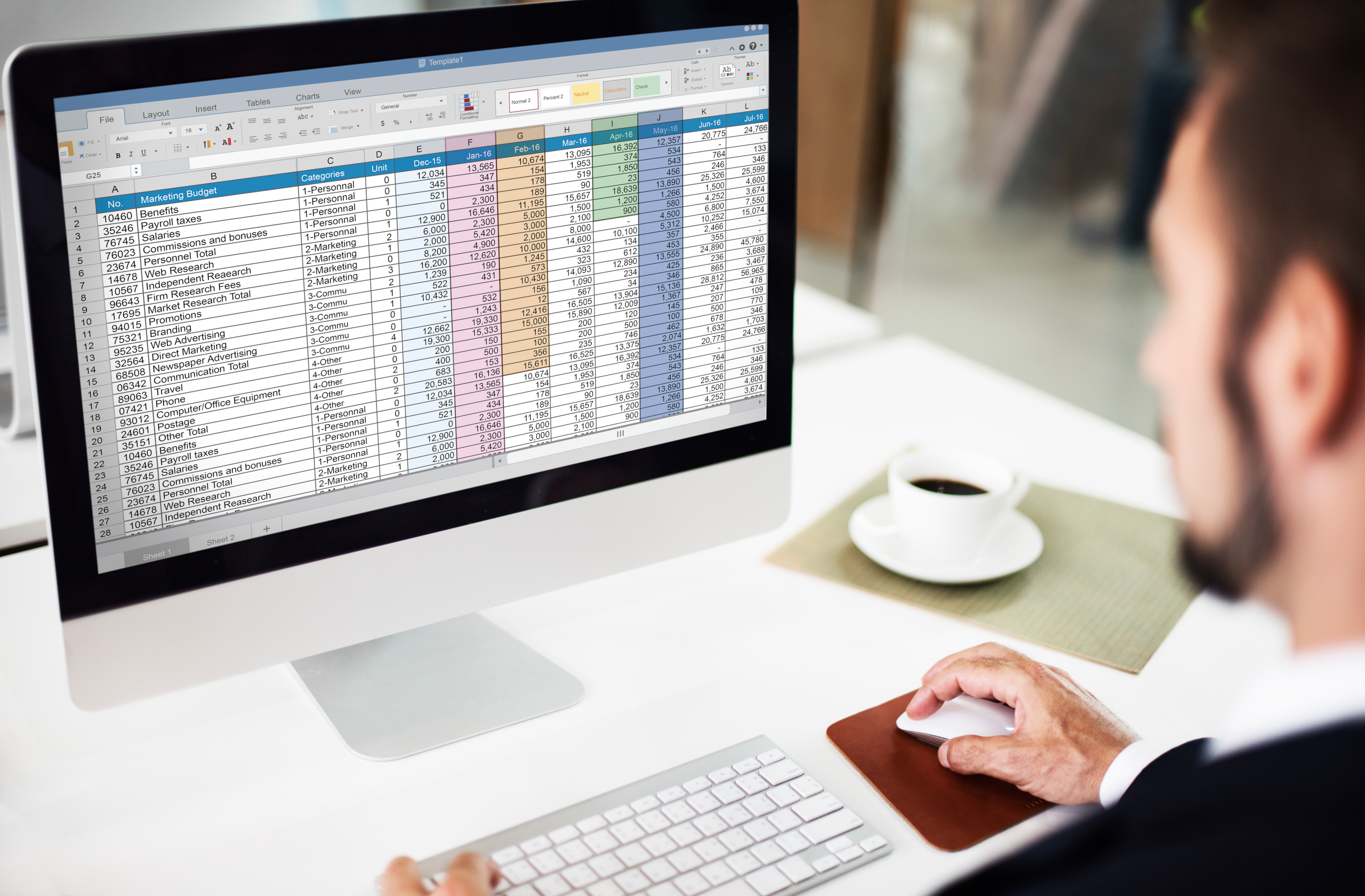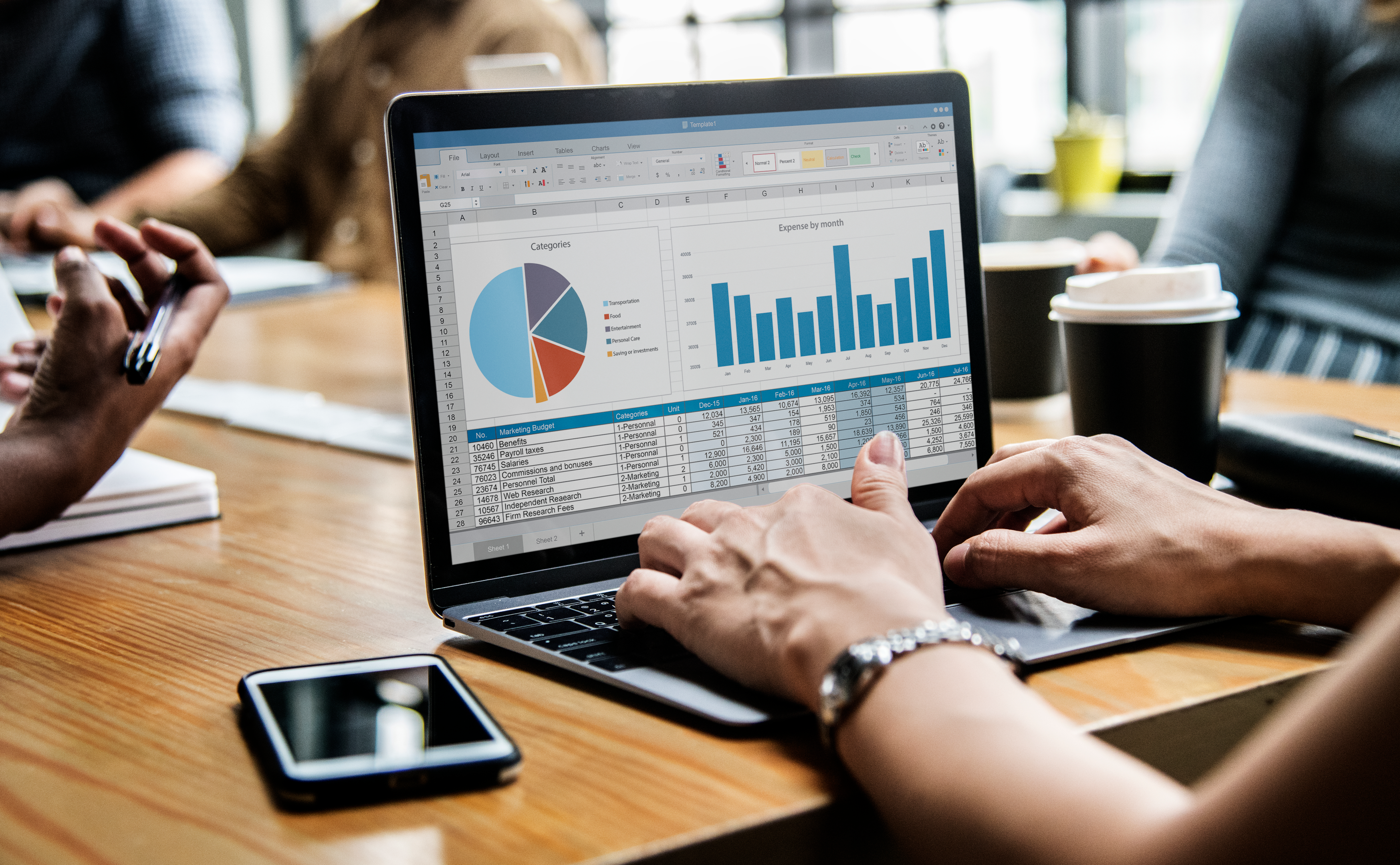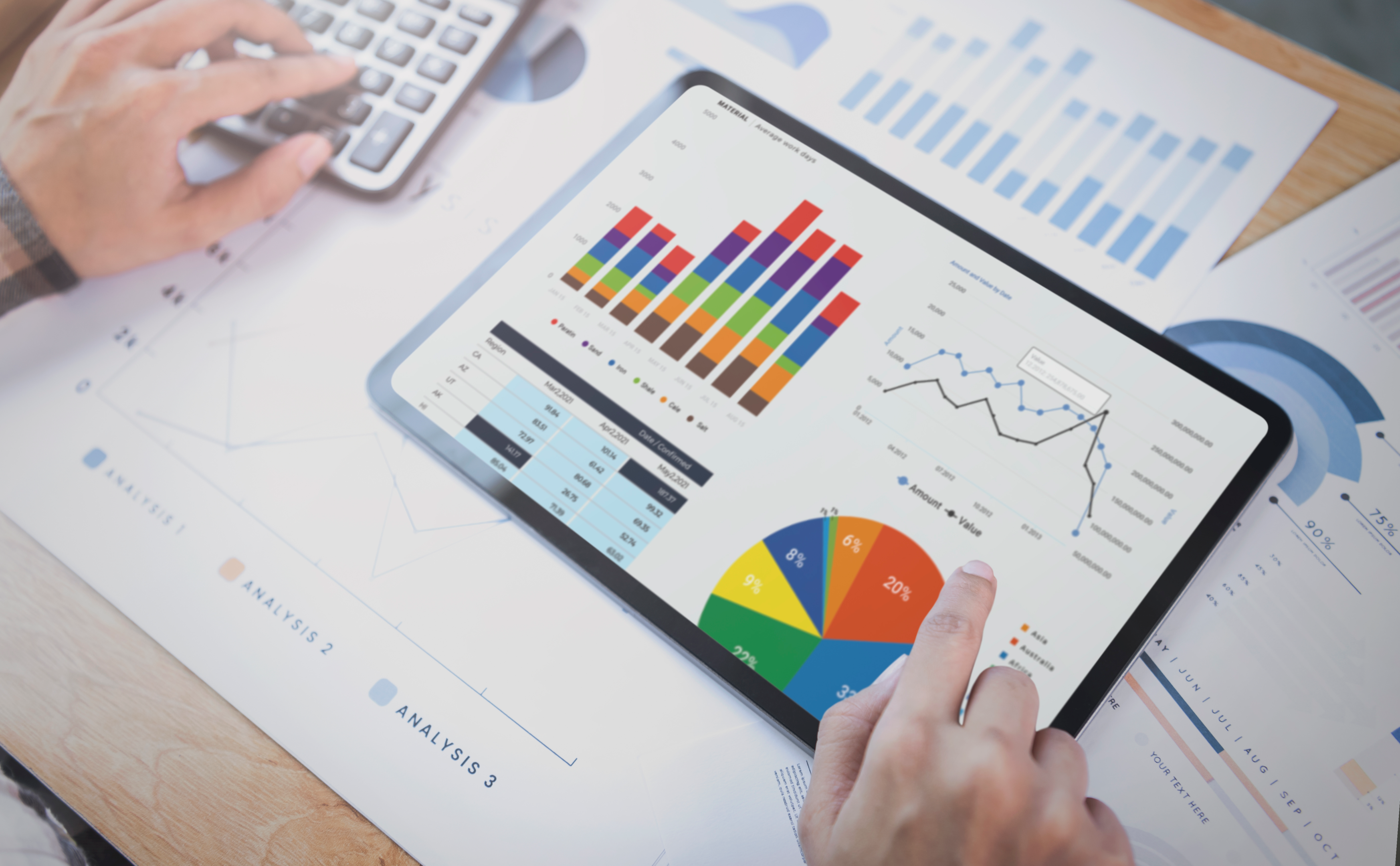So you’re looking to learn Excel, one of the most widely used software applications in the world!?
Great, you’re in for a treat.
Excel is designed so that anyone with or without prior experience can open it up and do something useful.
It allows you to manage, analyze, and present data effectively. While the time it takes to learn Excel depends on factors such as your grasping capability, learning sources, and the amount of practice you put in, it’s important we set realistic expectations for your journey.
The time required to learn Excel varies from person to person. On average, it takes about 3 Months, with a minimum of 10 hours per week, to build a solid foundation in Excel. However, mastering its more advanced features requires continuous self-paced learning and practice. Excel’s functionality spans from basic data manipulation to sophisticated formulas and macros. Therefore, true proficiency demands a commitment to enhancing your skills over time.
But wait, there’s more.
In this article, we will provide you with a complete breakdown of the various functionalities of Excel and the time required to learn those functionalities.
Apart from getting an idea of the time required to learn Excel, you can also use this guide as an index to help guide you through learning the different sections of Excel.
Let’s get into it!

Why Learn Excel?
Before we explore the time required to learn the different sections of Excel, let’s review why you would want to learn Excel.
It is important to determine the reason before diving into learning it. This will help you focus more on the sections relevant to your reason.

Following are some of the reasons why you should learn Excel, what are your reasons?
1) Data Management
Excel is a powerful tool for organizing, storing, and managing large sets of data. Whether you’re dealing with a small database of contacts or large sets of sales figures, Excel can help you manage it effectively.
2) Data Analysis
With features like Pivot Tables, charts, and advanced filtering, Excel allows users to analyze data, spot trends, and make data-driven decisions.
3) Data Visualization
Excel offers a variety of charting and graphing tools that help represent data visually, making it easier to interpret.
4) Business Reporting & Decision Making:
Professionals in nearly every field, from marketing to finance, rely on Excel to produce reports, forecasts, and budget projections.
5) Collaboration
Modern versions of Excel, especially those integrated with Office 365, offer collaborative features where multiple users can co-edit spreadsheets in real time.
What is The Time Required to Learn Different Sections of Excel
In Excel, some functions are easier to grasp, while others may require more effort and practice.
We have divided Excel into the following sections:
- The Basics of Excel
- Data Analytics and Visualization
- Visual Basic for Applications (VBA)
In the later section, we will explore the Excel learning process and how long it takes to learn each of the above functionalities of Excel.

1) How Long Does it Take to Learn The Basics of Excel
On average, it will take you around 1 month with a minimum of 10 hours per week to master basic Excel skills.
The basics of Excel include topics like:
- Cell formatting
- Data entry
- Simple formulas
- Basic functions such as SUM, AVERAGE, and COUNT
- Sorting and filtering data
- Understanding the primary layout and interface of the software
The duration might vary based on your learning pace and prior experience with spreadsheet software. Continuous practice and real-world application can further solidify your understanding.

2) How Long Does it Take to Learn Data Analysis and Visualization in Excel
The average time required to learn data analytics and visualization in Excel is about 1 month, with a minimum of 10 hours per week.
Data analysis and visualization in Excel require you to be familiar with concepts like:
- PivotTables
- Advanced functions such as VLOOKUP, HLOOKUP, and INDEX-MATCH
- Data validation for a spreadsheet program
- Conditional formatting
- Trend analysis
- Using a wide array of chart types like column, line, pie, scatter plots, and more complex visuals like histograms and waterfall charts.
Additionally, understanding data cleaning techniques, working with large datasets, and the use of tools like Power Query and Power Pivot can be pivotal.
The timeframe can fluctuate based on your foundational knowledge of Excel, the complexity of the datasets you work with, and the depth of analysis you wish to achieve.
Therefore, regular hands-on practice, combined with real-world scenarios, will be crucial in mastering Excel concepts and applying them efficiently in diverse analytical contexts.

3) How Long Does it Take to Learn VBA
VBA is a programming language developed by Microsoft. It’s used primarily within Microsoft Office applications, including Excel, to automate processes and enhance the capabilities of these applications.
On average, you need about 1 month with a minimum of 10 hours per week to build a solid foundation in VBA.
This part of Excel requires you to be familiar with topics like:
- Macros Creation
- Understanding the VBA editor environment
- Variables data types and arrays
- Loops like FOR, WHILE, and DO loops
- Conditional statements like IF, ELSEIF, and SELECT CASE
- Event-driven programming
VBA is advanced Excel knowledge and is more demanding in terms of practice. Therefore, you must dedicate a good amount of time to practice to become proficient in it.

Learn more about Excel formulas by watching the following video:
Final Thoughts
Learning Excel is undeniably a valuable investment in today’s digital age.
Whether you’re stepping into the corporate world, managing personal finances, or exploring vast datasets, Excel stands as a versatile tool to streamline and enhance these tasks.
By reading this article, you’ve taken the first step in understanding the time commitment involved. It’s not just about the hours spent but the quality of those hours.
Therefore, dive in, and practice regularly, and soon, you’ll unlock Excel’s potential.
Happy Excelling!
Frequently Asked Questions
In this section, you will find some frequently asked questions you may have when understanding the time involved in learning Excel.

How long does it take to become proficient in Excel?
To become proficient in Excel, it mostly depends on your background and personal goals.
Many people can grasp the basics within a few hours or days, while others may take more time to understand the software’s capabilities.
It is essential to practice and experiment, which gradually helps you improve your skills.
What is the average learning time for Excel?
The average learning time for Excel ranges between 20-40 hours, depending on your prior experience with spreadsheets and data management.
The more familiar you are with these concepts, the faster you’ll be able to learn Excel.
However, each person’s learning curve is unique, and the time required may vary.
How much time to master Excel basics?
Mastering the basics of Excel can generally be accomplished within a few hours to a couple of days, as long as you’re dedicating some focused time to learning and practicing.
It’s important to understand essential functions like creating tables, formatting cells, and basic formulas, which are the building blocks for more advanced skills.
How long for advanced Excel skills?
Acquiring advanced Excel skills typically requires more time and dedicated practice, as these capabilities involve complex formulas, data analysis techniques, and conditional formatting, among others.
It can take several weeks or even months of consistent training and practice to become proficient in advanced Excel functions.
What is a realistic timeline for Excel mastery?
A realistic timeline for Excel mastery depends on your learning ability, the time you can dedicate to learning, and the complexity of tasks you wish to accomplish.
While it might take several weeks to become proficient in basic Excel functions, mastering advanced features might take longer, perhaps even up to a few months.
It’s crucial to stay persistent and practice regularly.
How quickly can Excel be learned efficiently?
Learning Excel quickly and efficiently is possible if you break down the software’s features into smaller tasks and focus on understanding each process one step at a time.
While it’s impossible to learn Excel in a single day or week, setting achievable goals and working on individual functions will help you gain a working knowledge of Excel in a relatively short period.








